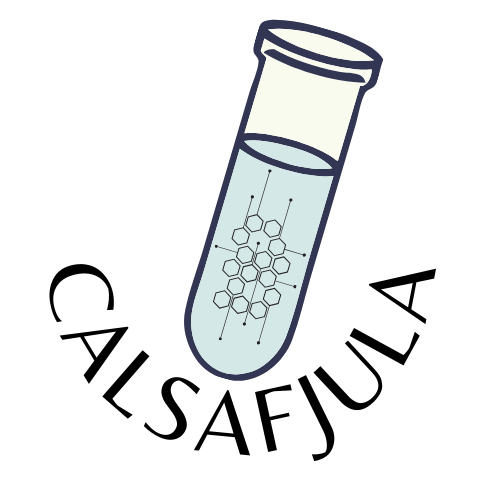Stop Throwing Away STEM Projects – Why Hitting a Bottleneck Doesn’t Mean It’s Over
5 Minute Read

Every year, STEM companies waste millions of dollars killing projects too soon—not because the ideas were bad, but because they hit bottlenecks that were never properly solved.
📌 Think about it:
• How many innovations died too early because of solvable technical roadblocks?
• How much funding was wasted on projects that could have pivoted instead of failing?
• How many breakthroughs never happened because companies gave up too soon?
The problem isn’t failure. The problem is mismanaging bottlenecks.
1. The Real Reasons STEM Projects Get Abandoned Too Soon
🚨 Misdiagnosing Bottlenecks as Unsolvable Problems
• Teams hit a technical roadblock and assume it’s impossible to overcome.
• A key experiment doesn’t work as expected, and instead of refining, the project gets scrapped.
• Reality: Most bottlenecks can be solved with external expertise, revised strategies, or better collaboration.
🚨 Poor Project & Budget Management
• R&D teams spend too much time on low-priority research, burning through budgets before hitting milestones.
• Delayed hiring, inefficient workflows, and slow decision-making turn promising projects into money pits.
• Reality: Projects die not because they’re bad ideas, but because resources were mismanaged.
🚨 Funding Runs Out Because ROI Wasn’t Communicated Well
• Investors and executives need clear progress updates to justify continued funding.
• If a project can’t show measurable impact, leadership pulls the plug.
• Reality: If teams present clear milestones and commercial applications early, they’re more likely to secure long-term funding.
2. The Solution: How to Rescue a STEM Project Instead of Scrapping It
💡 STEM companies need to stop seeing bottlenecks as dead ends. Instead, they should view them as pivot points.
1. Diagnose the Bottleneck Correctly
❌ Bad approach: Assuming a delay or challenge means the project is doomed.
✅ Good approach: Breaking down the issue – Is it a talent gap? A technical issue? A misalignment with the market?
📌 Example: A biotech startup was ready to abandon an AI-driven drug discovery project because their algorithm wasn’t accurate enough. Instead, they brought in data scientists from outside their immediate team—who restructured the model and solved the issue in six months.
2. Leverage Hackathons & Innovation Challenges to Find Breakthroughs
❌ Bad approach: Expecting the same team that hit the bottleneck to solve it alone.
✅ Good approach: Running hackathons, think tanks, and external problem-solving competitions to bring fresh insights.
📌 Example: NASA frequently holds hackathons when internal teams struggle with technical challenges. Crowdsourcing solutions has led to significant aerospace and AI advancements.
3. Bring in External Expertise Instead of Giving Up
❌ Bad approach: Keeping the problem internal until leadership decides to pull funding.
✅ Good approach: Seeking external research partners, consultants, or industry experts to gain new insights.
📌 Example: A clean energy startup was about to shut down because they couldn’t optimize battery efficiency. Instead, they partnered with a materials science lab at a university—and developed a breakthrough composite material that solved the issue.
4. Showcase ROI Early to Secure Continued Funding
❌ Bad approach: Expecting leadership to wait years for results without progress updates.
✅ Good approach: Demonstrating value early through prototypes, market validation, and pilot projects.
📌 Example: A robotics company nearly lost funding because their exoskeleton prototype wasn’t market-ready. Instead of waiting for a full product, they pivoted and licensed components of their technology to other industries, generating revenue while continuing development.
3. The Bottom Line: Stop Wasting Money by Quitting Too Soon
📌 If a project isn’t working, the answer isn’t to shut it down—it’s to reframe the problem and find a new way forward.
✔ Most bottlenecks aren’t unsolvable—they just require a fresh perspective.
✔ The best companies pivot before they quit.
✔ Funding and resources don’t disappear when ROI is communicated effectively.
🚀 The difference between a scrapped project and a groundbreaking innovation is often just one smart pivot away.
Want to learn how to rescue failing STEM projects before they get shut down?
I specialize in project recovery, innovation strategy, and finding scalable solutions to R&D bottlenecks.
📩 Contact me at casim@calsafjula.com to schedule a meeting. Let’s turn abandoned ideas into industry-changing breakthroughs.









